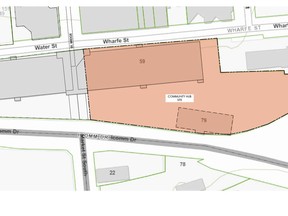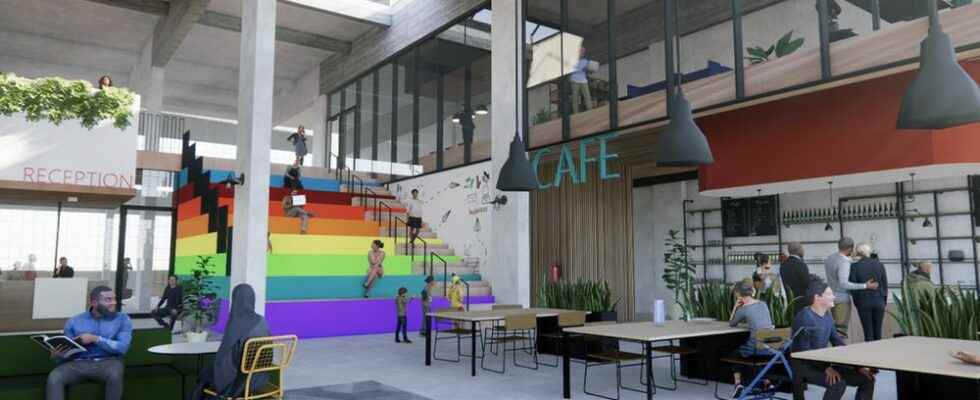

A group of 10 local health and social service providers, with locations scattered across the city, are behind a proposal to create a community hub that would house them all under one roof.
City councilors will consider a resolution introduced by Coun. Joshua Wall at an operations committee meeting on Tuesday calling for municipal staff to investigate the potential to use the eastern portion of the downtown parkade and surrounding area as a possible location for the hub.
Leading the project is Leslie Josling, executive director of Willowbridge Community Services, which provides services to those with developmental disabilities from a building on Brant Avenue.
Other agencies that would be part of the hub are Grand River Community Health Centre, Brant Community Healthcare System, Community Living Brant, Woodview Mental Health and Autism Services, Canadian Mental Health Association – Brant, Haldimand and Norfolk, St. Leonard’s Community Services, The Bridge Brant, Friends 4 Kindness, and Helping Ourselves Through Peer Support and Employment.
Josling said many health and service providers are working in buildings that are outdated and too small. Wait lists for some services are long and the pandemic has further increased the need for services, she said.
She called Willowbridge’s building at 54 Brant Ave. outdated and too small, with inaccessible areas and poor ventilation.
“Initially, we were thinking of a building just for ourselves,” said Josling. “Then we learned through discussions that one agency after another is struggling with space issues.
“Our coalition’s goal is to create a hub where individuals can access a broad range of services seamlessly. We believe that by partnering, we can create greater cost efficiencies and resource sharing, while also solving the clear structural problems that all our facilities are facing.”
Together, the agencies supporting the creation of a hub, serve about 27,000 community members annually and employ about 800 people working in health, social services, developmental services and social recreation.
The coalition has done a lot of the required preliminary work for a hub, including a feasibility study with +VG Architects and Two Row Architect, a needs analysis, and public consultation.
Services available through the hub would include those for with developmental disabilities and/or autism and mental health, addictions, relationship and equity services. Also envisioned are food security programs, housing supports, health promotion programs, employment supports and amenities such as an art room, music room, and a coffee shop.
Josling said the hub needs to be about 171,000 square feet in size but there isn’t a lot of inventory in the city “for a project of this magnitude.” She said several potential sites have been considered.
She said the estimated cost of the proposed hub is $87 million. About 75 per cent of that money, should grants be approved, could potentially come from the federal and provincial governments. Another $21 million would come from commercial mortgage or other financing, and a capital fundraising campaign could bring in at least $2.5 million, said Josling.
“The (hub) partners all currently pay at least $1 million to lease their space,” she said.
Nicole Callander of Brantford began Friends 4 Kindness several years ago to help her daughter, Kaitlin, who has Williams Syndrome. A public request for people to send birthday cards to Kaitlin to celebrate her Grade 12 year resulted in her getting 6,000 cards from around the world. Friends 4 Kindness now hosts “unbirthday parties” for children who struggle with friendships, and offers an online “buddy program” where participants can talk and just “hang out.”
Callander, who operates Friends 4 Kindness from her home, said she sees the hub as an “inclusive space that fits our mission.”
“It creates a safe space for a lot of people who may not feel that in the community.”
Brantford resident Lisa Pateman said she has used countless services over the years to help her daughter, April, 22, who has a rare degenerative genetic disorder.
“It’s daunting,” said Pateman. “There are a lot of resources out there but finding them and accessing them is hard, hard work. To be able to have everything under one roof would provide collaborative opportunities and a better understanding of programs being offered by other agencies.
“If you don’t even really know what you’re looking for, how do you ask for help?”
